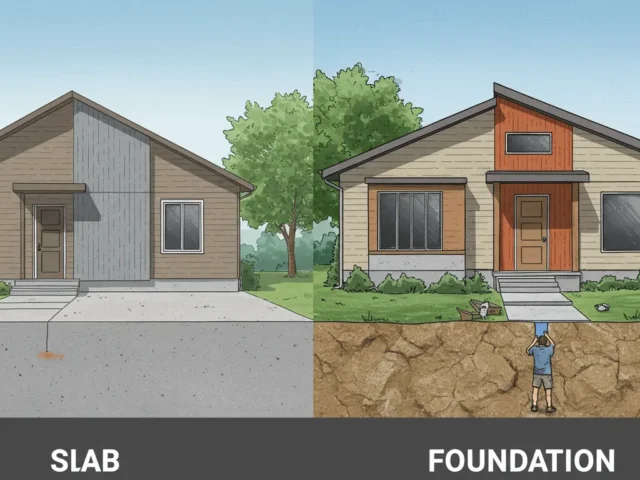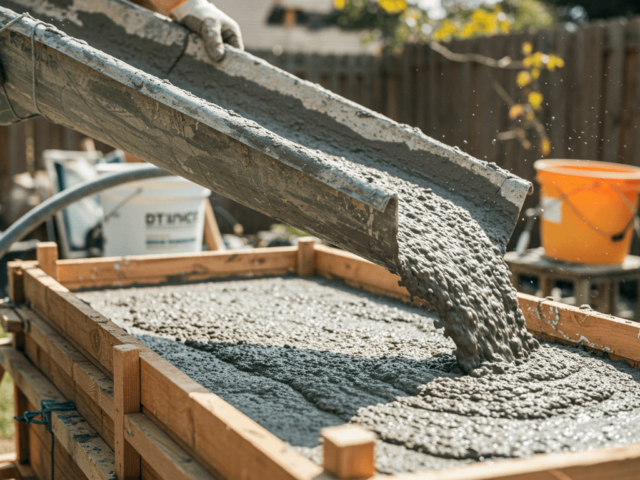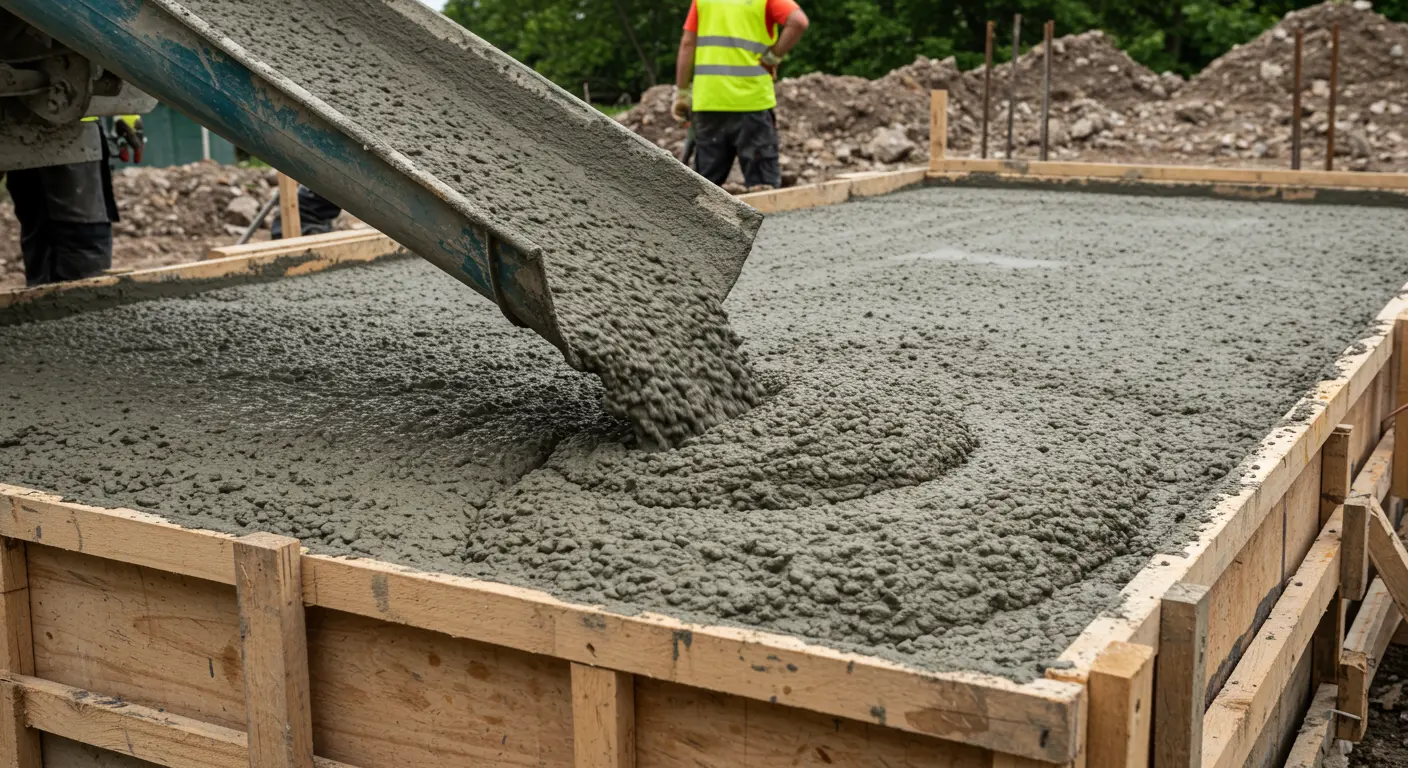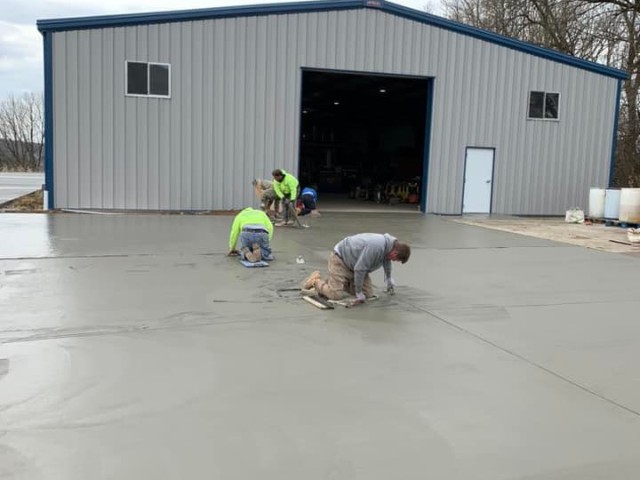Best Concrete Contractors Houston TX
We Build Your Future on Solid Ground
Concrete is our mainstay, the foundation from which we build solid reputations throughout Houston, TX. At Legacy Concrete Houston, it’s our canvas, our specialty, and it’s what makes us the best concrete contractors around. If you are looking for more than just a standard pour, we are your go-to concrete company in Houston, TX. Your projects must reflect precision, durability, and style—three pillars that define every job at Legacy Concrete Houston.
We Are the Houston Concrete Company Known for Quality, Precision, and Durability

We are all about setting the standard in Houston’s local concrete market. We blend quality, precision, and durability to deliver concrete solutions that are built to outlast and outperform. Any company or contractor could mix concrete and pour a slab, but we believe that each project deserves more than just the basics. Because your investment should translate into results that stand the test of time. Our priority is to always provide a superior product.

We Offer Quality, Affordability, and Durable Concrete Solutions in Houston, TX
Professionalism
We are always one step ahead in professionalism. Each interaction is defined by deep respect, steadfast integrity, and open communication, ensuring a seamless experience.
Quality materials
We use only the best materials to ensure your project is as strong on the inside as it looks on the outside. No compromises, ever.
Affordable Quotes
Top-notch concrete solutions at competitive prices. We ensure quality is affordable by providing clear quotes that fit your budget and project needs.
Long-lasting Result
Built to endure heavy use, we maintain concrete's integrity and appearance long into the future, ensuring lasting functionality and style.
Strong, Stylish, and Sustainable Concrete Services in Houston, TX
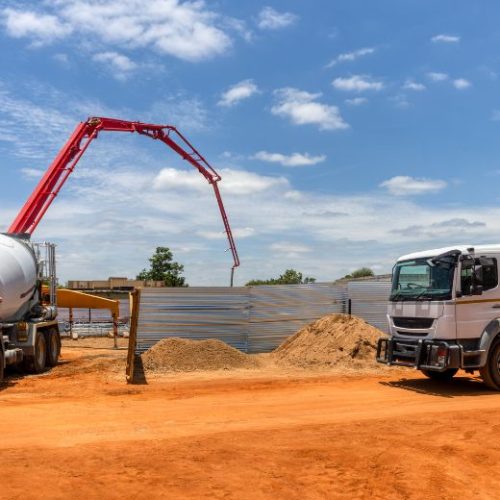
Commercial Concrete
Need concrete that matches the toughness your business demands? We deliver strong and sustainable solutions, tailored to elevate any commercial space with both safety and style.
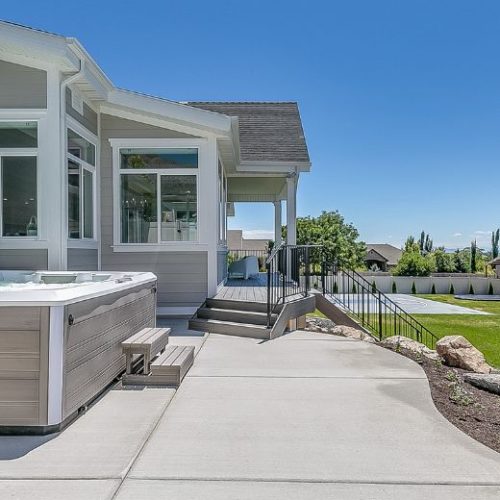
Residential Concrete
Want to enhance, fix, or upgrade your home’s appeal? We specialize in building durable, aesthetically pleasing concrete that seamlessly integrates with and enhances your home’s character.
These Concrete Projects Are Why We’re Houston’s Go-To Company



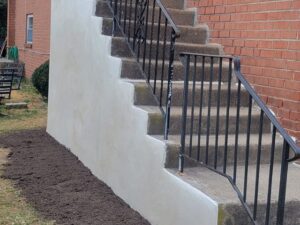
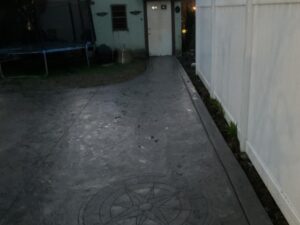


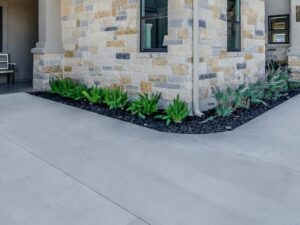
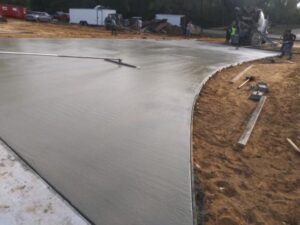
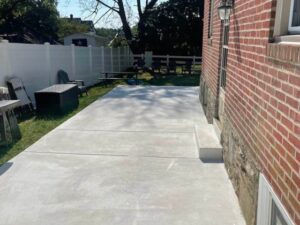
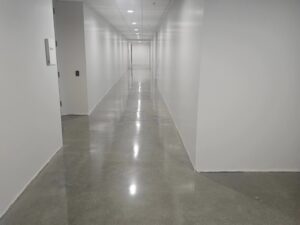
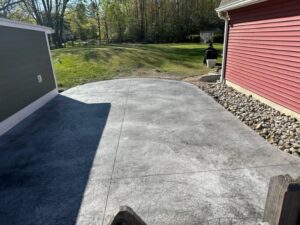



With over 30 years of experience in the Houston area
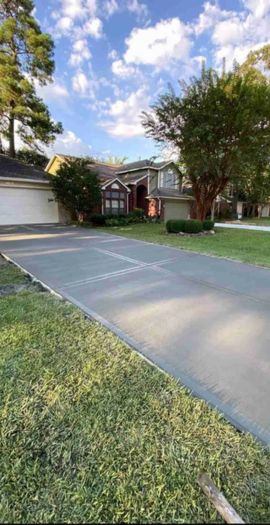
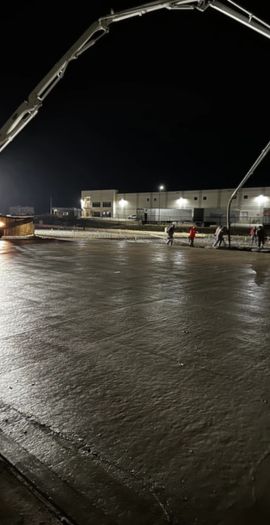
In our 30 years of operating in Houston, TX we’ve honed our craft to perfection, dedicating ourselves to not just meeting expectations but significantly exceeding them. It’s truly remarkable how, after all this time, we continue to deliver unmatched quality and maintain affordability in every project. It’s clear why so many choose us time and again for their concrete needs.
No matter the size of the project, our dedication doesn’t fluctuate. Every single detail, no matter how minor, is handled with a precision, ensuring that the results aren’t just good, they’re flawless.
Legacy Concrete Houston collaborates with a diverse range of professionals including architects, engineers, general contractors, home builders, developers, and companies specializing in outdoor living and landscaping. We also work closely with municipalities and business owners. Each of our customers is highly valued.
Defects Don’t Mix Well with Our Concrete, We Provide:
- Concrete Pouring – Installation of new concrete for various projects.
- Concrete Leveling – Adjusting settled or uneven concrete back to its original position.
- Concrete Removal – Safe demolition and removal of old or unwanted concrete.
- Concrete Repair – Fixing cracks, chips, and other damages in existing concrete.
- Concrete Resurfacing – Updating the surface of existing concrete to restore its appearance or improve durability.
- Stamped Concrete – Adding patterns and texture to fresh concrete for decorative purposes.
- Stained Concrete – Applying color to concrete to enhance its aesthetic appeal.
- Concrete Sealing – Applying sealant to protect concrete from weather, stains, and other damages.
- Concrete Finishing – Various finishing techniques to improve surface texture and appearance.
- Decorative Concrete – Special techniques to create aesthetically pleasing designs with concrete.
- Concrete Foundations – Constructing strong, durable foundations for buildings and other structures.
- Concrete Driveways – Building new driveways or refurbishing existing ones.
- Concrete Patios – Designing and installing concrete patios for outdoor spaces.
- Concrete Walkways – Creating pathways and sidewalks with concrete.
- Concrete Steps – Constructing steps for homes, offices, and other buildings.
- Concrete Retaining Walls – Building walls to prevent soil displacement and manage erosion.
- Concrete Floors – Installation of durable and long-lasting concrete flooring.
- Polished Concrete – Polishing concrete to achieve a smooth, reflective surface.
- Concrete Grinding – Grinding concrete to level, remove coatings, or prepare for new finishes.
- Parking Lots – Constructing robust and durable concrete parking lots designed to handle heavy vehicle traffic and resist weathering and chemical spills.
- Warehouse Floors – Installing specially formulated concrete floors in warehouses that are resistant to heavy loads, frequent traffic, and industrial wear.
- Office Building Foundations – Building strong, stable concrete foundations capable of supporting multi-story office buildings.
- Loading Docks – Designing and constructing concrete loading docks that accommodate heavy loads and frequent use, essential for shipping and receiving areas.
- Retail Spaces – Creating attractive, durable concrete floors and walkways for retail environments, using decorative and polished concrete options to enhance customer experience.
- Industrial Slabs on Grade – Pouring thick, reinforced concrete slabs designed to support heavy machinery and industrial activities.
- Concrete Pavements – Building long-lasting concrete pavements for industrial complexes and commercial facilities, ensuring durability and ease of maintenance.
- Sports Complexes – Constructing concrete stands, walkways, and other structural elements for sports arenas and complexes.
- Schools and Hospitals – Concrete services for the construction of educational and healthcare facilities, focusing on durability and safety.
- Transportation Infrastructure – Concrete projects for airports, train stations, and bus terminals, including runways, platforms, and loading areas.


Our Testimonials Prove We’re One of the Best Concrete Companies in Houston, TX

William
We’ve hired Legacy Concrete Houston a few times, and they always do a great job. They expanded our driveway few months ago and recently fixed a part of a concrete section that was breaking down. They always show up on time, work fast, and clean up really well after they’re done. They’re reliable, affordable, and great to work with. I’ll definitely keep using them for any more concrete work we need.

Patricia
My experience with Legacy Concrete Houston is awesome. They laid the foundation for my new home and couldn’t be happier. The team is professional, skilled, take the time to answer questions and address any concerns throughout the project. They finished ahead of schedule, and the foundation is perfectly level—just what we needed for our dream home. Their dedication and work ethic really made the whole experience stress-free. I highly recommend them for reliable and high-quality concrete construction.

Matt
They provided an estimate and impressed me with their expertise in concrete grading, which was my biggest worry. Their pricing was fair and exactly in line with what I expected. They scheduled the job promptly and did an outstanding job bringing our plan to life. I’m beyond satisfied with the results and highly recommend them. The grading performed perfectly, just as it should. Huge thanks to the team for a job well done. This is the concrete company in Houston, TX you can trust for quality work and excellent service.


